Black Friday & Cyber Monday 2020: What to expect?
Black Friday is “dead”. The virus has “killed” retail. How many times have these phrases circulated the news and internet in earlier coverage of the...
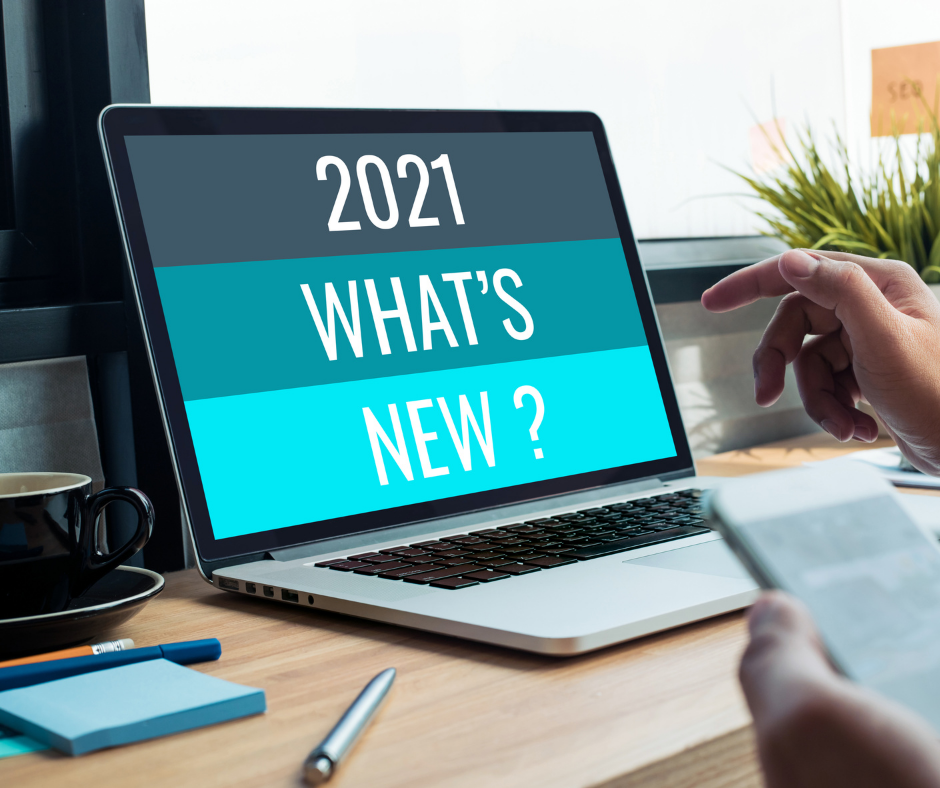
The past 12 months brought unprecedented and unpredicted disruption to the retail sector, with COVID-19 barely on the long-distance radar as the bells chimed in the new year for the start of 2020.
Now the year has drawn to a close, we are starting a new chapter. The pandemic is a lingering threat, but much of the most extreme transformation in retail - not only including the way we sell, but also the way we buy - has now taken place.
So what can we expect to see among the top 5 retail and technology 2021 trends? Will the Coronavirus disruption have lasting effects, or will retail bounce back to the 'old normal' over the course of the year as more people receive the vaccine?
Physical retailers are moving towards mini distribution hubs, often located within their existing consumer-facing stores, and enabling services like click-and-collect and same-day delivery.
The pandemic accelerated this trend but there is no reason why it should reverse. The infrastructure is now largely in place and consumers have grown to expect online ordering with same-day or next-day collection in-store.
For retailers, the challenge in this area is to ensure stock inventory is accurate, to avoid accepting orders for goods that have already sold out in-store, and to allow stock to be used to fulfil both online and in-store purchases with seamless overlap.
Future retail is likely to integrate technology even more closely into the shopping experience, according to the Centre for Retail Research's predictions about the 'Store of the Future'.
The Centre explains that retailers want to offer their customers 'the next best thing' and are continually looking for futuristic ways to enhance the retail experience.
Some examples of future retail technologies it highlights include:
The report notes that some of the biggest brands in global retail are embracing these technologies and others, and are learning what works well and what still needs refining, from Amazon Go convenience stores through to the vast ecommerce operation of Alibaba.
Blockchain is, in its simplest form, a way to record data in individual blocks which, together, form a chain. In Blockchain Logistics, this breaks down complicated supply chains into manageable chunks, not only including delivery and shipment tracking, but also supply contracts and customer payment processing.
This technology has emerged quite rapidly in recent years, driven by uptake of cryptocurrencies like Bitcoin - and 2021 is likely to be the year when it reaches a state of relative maturity and market penetration.
Autonomy has been a growing trend in recent years, whether it's an increase in people working from home, smart vehicles capable of steering themselves, in-store robotics and delivery drones, or something as simple as a self-scan checkout in a supermarket.
In 2020, social distancing reinforced and accelerated this trend: people shopped alone. Retailers can support shoppers who want to do so in the future using Store of the Future technologies like scan-as-you-shop and bespoke smartphone apps for checkout and payment. Artificial Intelligence (AI) is also coming out of the back office into customer-facing roles like online chatbots and virtual customer service, or in-store to personalise the browsing process as a virtual personal shopper.
Digital face-to-face assistants support the desire for autonomy and the experiential aspects such as AR and virtual fitting rooms; for customers with loyalty cards, they can also make recommendations based on past purchases.
Finally, the internet has driven an increase in subscription-based shopping in certain product categories, which is set to break out across retail as a whole.
Some examples of this include:
Subscription models are nothing new to the UK market - in fact they can be traced back to having a variety of dairy products delivered each day by the local milkman.
But as we move through the New Year, ecommerce and real-world retailers are finding new ways to provide subscriptions, home delivery and personalised re-order recommendations using apps, AI and the massive data potential of loyalty cards.
So it seems that this is the year where autonomous technologies, seamless omnichannel and personalised consumer-based purchasing models are the way forward.
But, whilst all of these bring hope for improving the way retailers can provide a better shopping experience to consumers, the speed, tools and capabilities to carry them out remains a challenge. That’s where you need a technical software consultancy like Spike to help you ensure that your software is up to the job and gets you market ready for 2021 and beyond. Book for a free consultation now and let’s make your business a success!
What retail and technology 2021 trends are you excited to see? Let us know in the comments via our LinkedIn and Twitter.[vlt_social_share title="Like this post? Please share it!"]
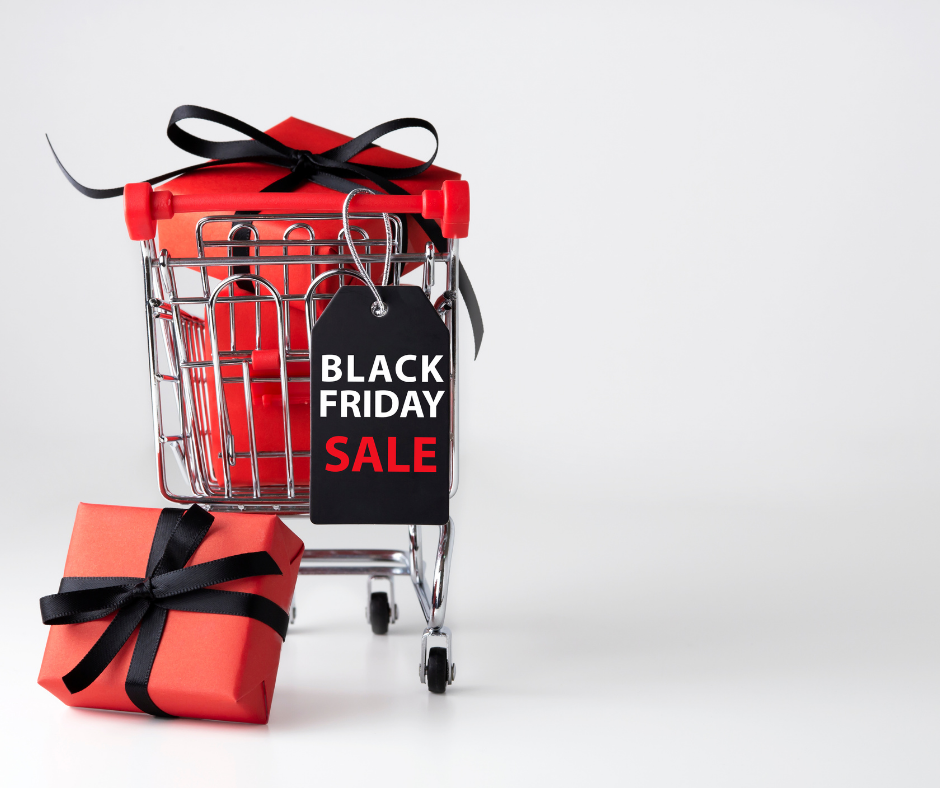
Black Friday is “dead”. The virus has “killed” retail. How many times have these phrases circulated the news and internet in earlier coverage of the...
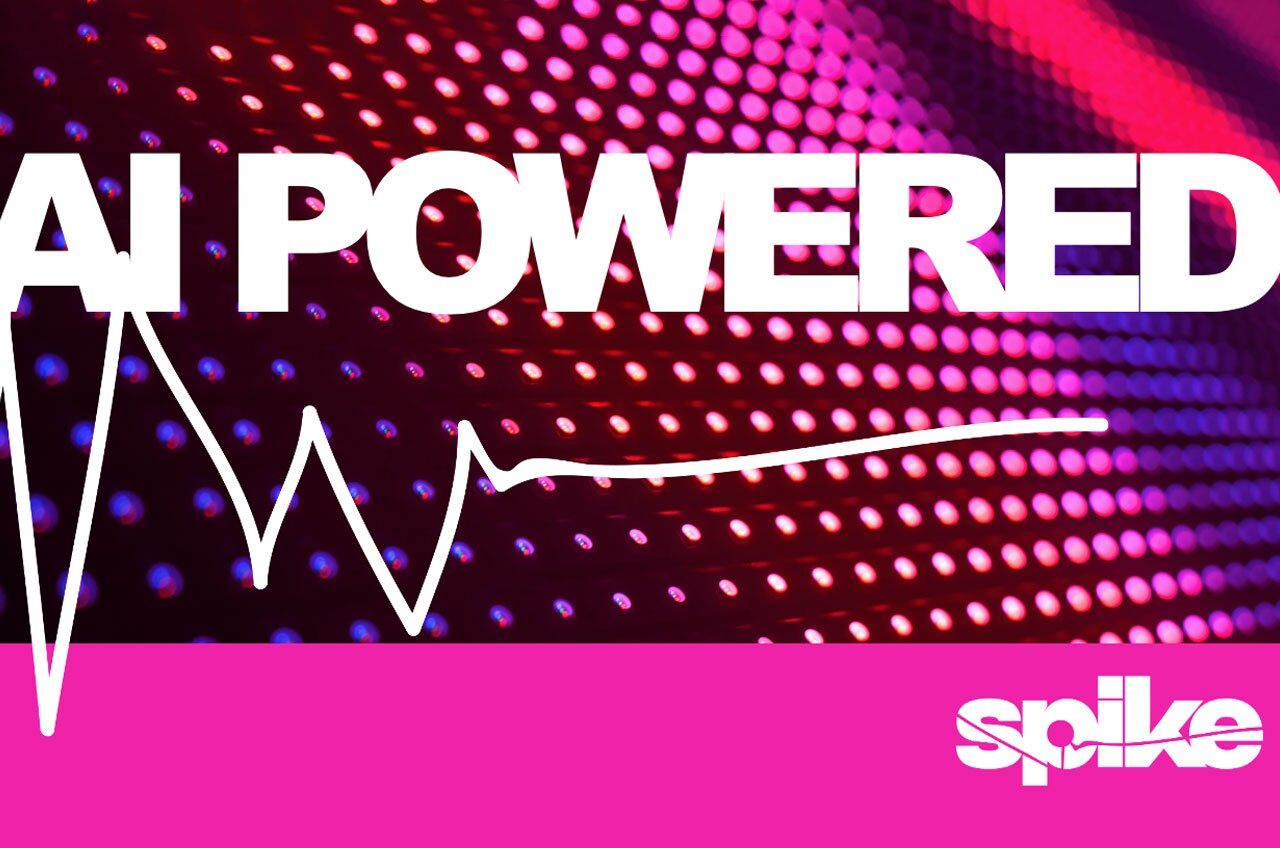
AI-Powered Technology is Fundamentally Changing Retail As AI-powered technology continues to evolve, we can expect to see even more innovation in the...
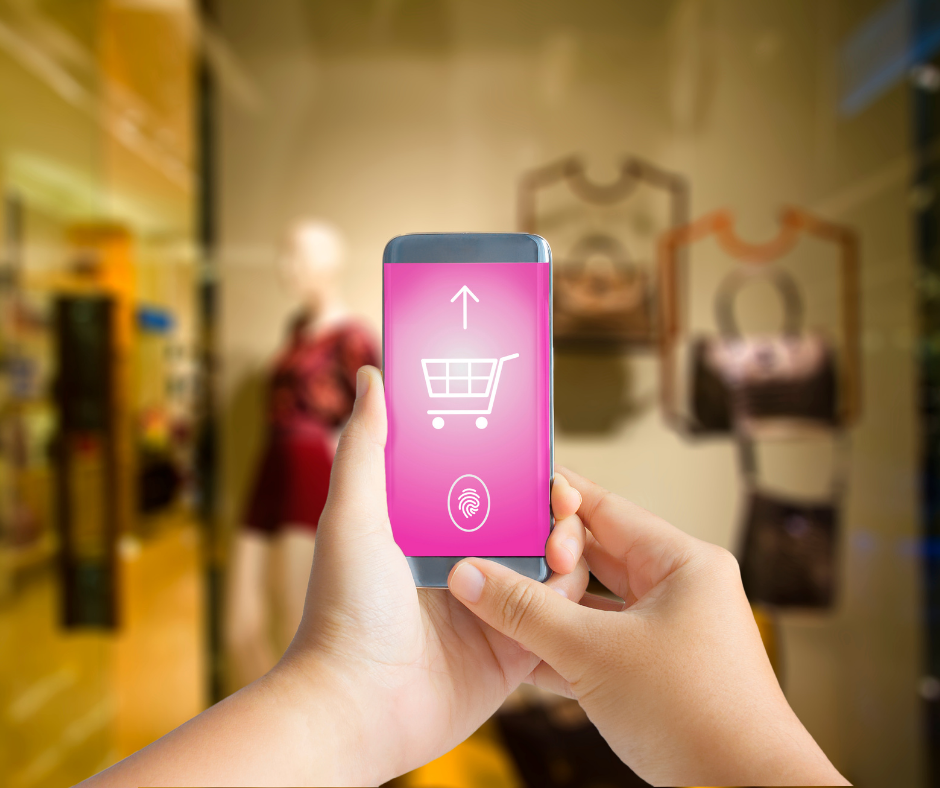
Early fashion ecommerce faced one major problem - customers were used to shopping in-store, being able to touch clothes, see exactly how they looked,...
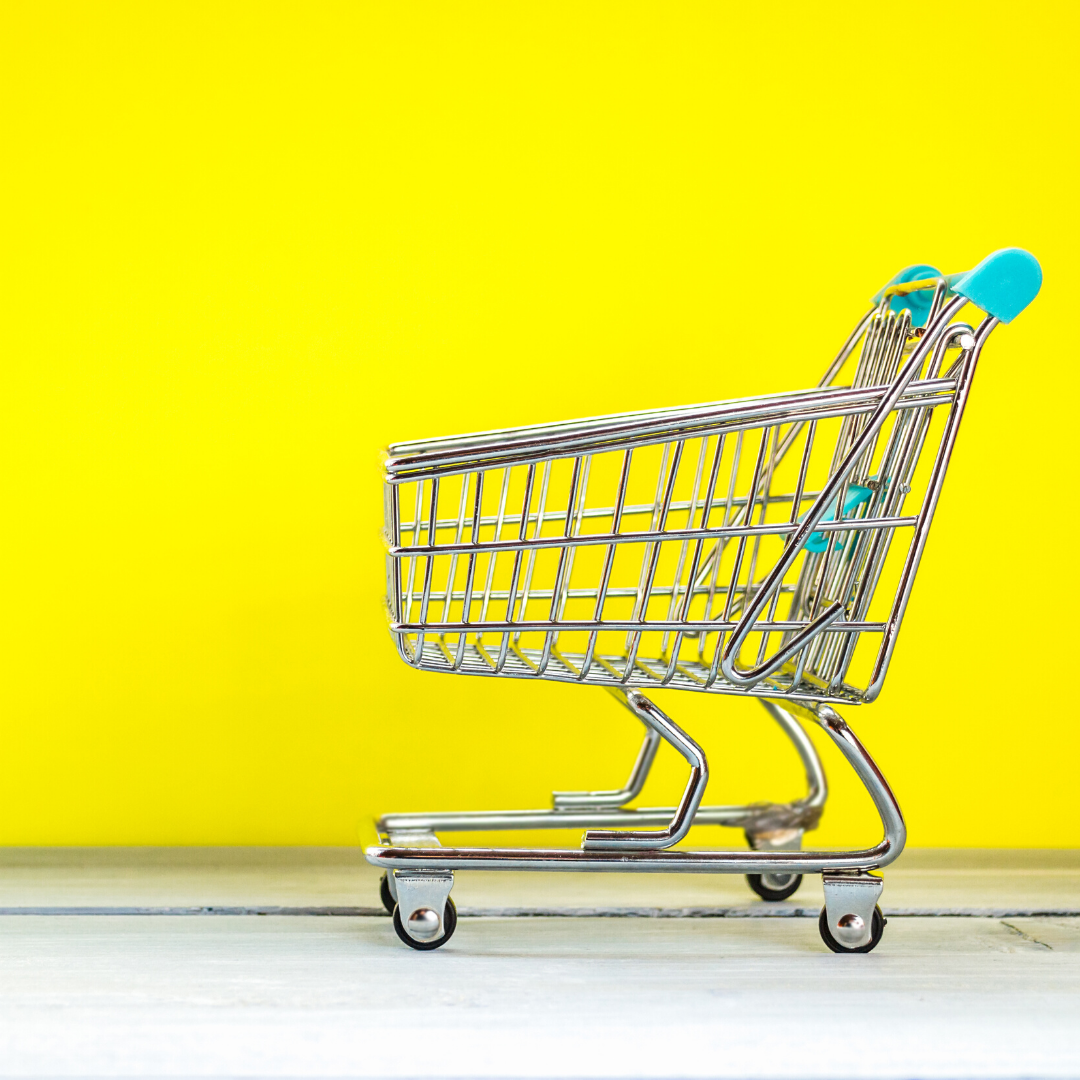
The retail sector has faced ongoing disruption in recent years with the rise of ecommerce, click-and-collect, next-day and even same-day deliveries....